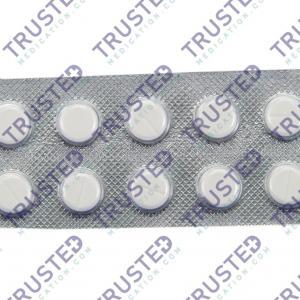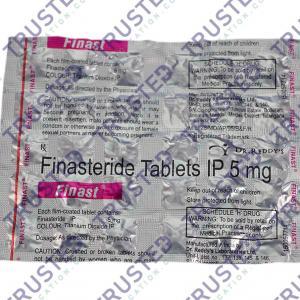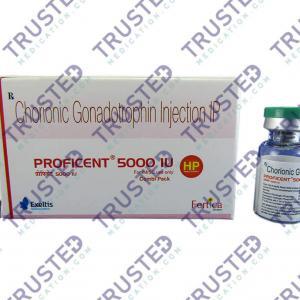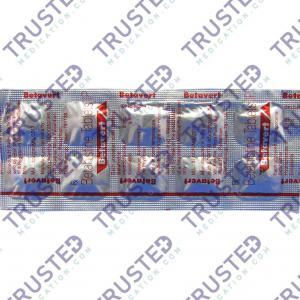
The symptoms of reactive arthritis usually develop after you get an infection, such as a sexually transmitted infection or bowel infection. The main, and sometimes only, symptom of reactive arthritis is pain, stiffness, and swelling in the joints and tendons.
Overview of Reactive Arthritis
Reactive arthritis is formerly referred to as Reiter’s syndrome. It is a form of arthritis that affects the joints, eyes, urethra, and skin. Reactive arthritis is recognized by various symptoms in different organs of the body that may or may not appear at the same time. It may come on quickly, severely, or more slowly, with sudden remissions or recurrences.
Symptoms To Look Out For

The first symptoms of reactive arthritis are often:
- Sausage-like swelling of fingers or toes
- Painful and swollen joints, usually in the ankles or knees
- Extreme, unexplained tiredness, known as fatigue
- Puffy, sore, red eyes, often with a mucus discharge – known as conjunctivitis
You may notice that your knees, ankles, or toes suddenly become swollen, stiff, and painful to move.
Reactive arthritis can also affect other joints, such as your wrists, elbows, fingers, and the joints at the base of your spine. It can cause inflammation in the tendons and joints. You may find your whole finger or toe swells up if both the tendons and joints become affected at the same time. This is often called sausage digit or dactylitis.
Other Symptoms:
- A sore rash over the end of your penis
- Weight loss
- Fever
- Scaly rashes over your hands or feet
- Diarrhea
- Stinging and sometimes discharge when you wee
If you have any of these symptoms, you must contact your healthcare provider so you can be diagnosed quickly.
Reactive Arthritis Causes
Being infected with certain bacteria has been linked to reactive arthritis. The ones most commonly associated with reactive arthritis are:
- Salmonella, Shigella, Yersinia, and Campylobacter. These bacteria typically infect the gastrointestinal tract.
- Chlamydia trachomatis. It is spread through sexual contact. The infection may begin in the vagina, bladder, or urethra.
In rare cases, the bacterium Chlamydia pneumoniae, which causes respiratory infections, may also cause reactive arthritis.
The bacteria typically enter your body in one of two ways:
- Urogenital tract. Bacteria can enter through the vagina or urethra during sexual contact and spread to the bladder.
- Gastrointestinal (GI) tract. Bacteria can enter the body if you eat spoiled food or food that comes into contact with contaminated surfaces.
Medication and Treatment
Treatment for reactive arthritis depends on the cause of the condition. Your doctor will recommend antibiotic medications to treat an underlying infection. If needed, they may prescribe additional medications for conjunctivitis, mouth ulcers, or skin rashes.
Medication
The goal of treatment once the underlying infection is under control turns to pain relief and management. Nonsteroidal anti-inflammatory drugs (NSAIDs) help relieve pain and reduce inflammation.
Your doctor may prescribe more potent anti-inflammatories if over-the-counter medications don’t relieve your pain. Corticosteroids are manufactured drugs that mimic cortisol, a hormone your body produces naturally. These drugs work by broadly suppressing inflammation in the body. You can take corticosteroids orally or inject them directly into the affected joints.
Recommended medicine:
- Etodolac – is an FDA-approved medication to help relieve swelling, pain, and joint stiffness.
Exercise
To promote joint health, you can incorporate exercise into your daily routine. Exercise helps keep your joints flexible and maintain your range of motion. You can flex and extend your joints to their range of motion. Consult your doctor if stiffness and pain restrict your range of motion. You might be referred to a physical therapist. The process of physical therapy is gradual. Returning to a healthy range of motion without pain is the goal.







